The HTC One, announced on Tuesday, has plans to revolutionize the quality of the smartphone camera by focusing on a dedicated imaging chip and capturing more light per pixel; particularly in low light instances.
Last year, HTC introduced the first generation ImageSense camera chip which harnessed features in Android 4.0 that not even Google’s developer phone the Galaxy Nexus could compete with. For instance, the HTC One X could snap shots slightly faster in burst mode than the Galaxy Nexus was able to do. Later in the year, HTC made it possible for the front camera to capture high quality images and 1080p recording using the ImageSense chip with the HTC Droid DNA. The original ImageSense chip is capable of continuous shooting at a rate of 0.7 second between shots.
With the arrival of the HTC One, the second generation camera chip, dubbed ImageSense 2 is on board and ready to party. The new chip combined with the software magic of Zoe work together to bring your photo gallery to life. Shoot individual photos and you get a 3 second HD video recording wrapped around moments before you snap a pic and the moments after the shutter resets. Record in HD video and capture photos in burst mode at the same time. Afterwards, you can view your gallery of an event with cool playback and audio backgrounds for a living experience which can be shared easily to social networks. There are currently six themes and six audio tracks available to create with, but we hope to see additional items for download or personal tracks stored on the phone that could be used instead of the set six. Before uploading these moments, take a quick timeout to check out some of the new editing features which truly take mobile photo enhancements to a place no manufacturer has gone before. In group shots, one can select a person’s head and scroll through a roll of shots from the same event to find the best facial expression to prevent a photo or series from being deleted and un-shared. The face detection and editing options are game changing to say the least, but watch the video demo below to see for yourself.
On top of all of those cool features mentioned above, HTC has taken the smartphone camera a step in a different direction than its competitors with UltraPixels. While most manufacturers, including HTC with phones like the HTC One X, have fought to bring customers a phone with a camera that takes incredibly high resolution photos, HTC
stopped to think where else they go besides up in the megapixel wars. Despite the fact that most basic users only understand things that have larger numerical values to be better, HTC has opted to lower the resolution and settle with a camera that shoots around 4 MP. The difference is that HTC is using 2.0 micrometer UltraPixels which have twice the surface area compared to the typical 1.4 micrometer pixel found on 8MP solution cameras from leading competitions like the iPhone 5 and Galaxy SIII. The increased size of these pixels allow the imagine processor to capture three times more light even in settings where not much light is present. The HTC One sports a 1/3 inch BSI CMOS sensor and a 28mm f2.0 aperture with an optical imaging stabilizer that moves one degree in any direction to combat a fidgety photographer. Videos can be recorded in 1080p at 30 frames per second or in 720p at 60 frames per second while photos are measuring in around 2688 x 1520 pixels

Of course HTC is selling more than just a nice pocket camera with the HTC One, but the camera has so many high selling points that we couldn’t just make a small mention in an overall post about the HTC One. Stepping out of the megapixel race is extremely risky, but we think the HTC One’s new Ultrapixel technology will deliver a higher quality camera experience to consumers.
Sources: Wired, Engadget & HTC
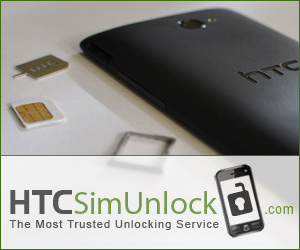



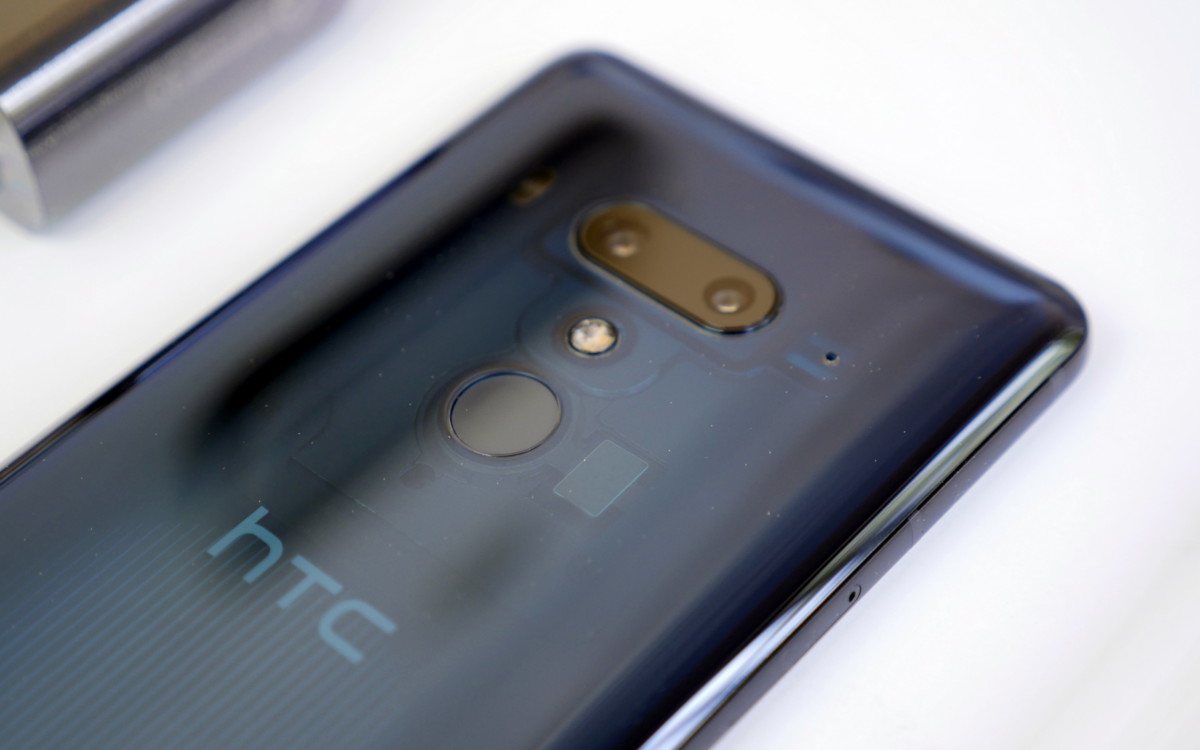
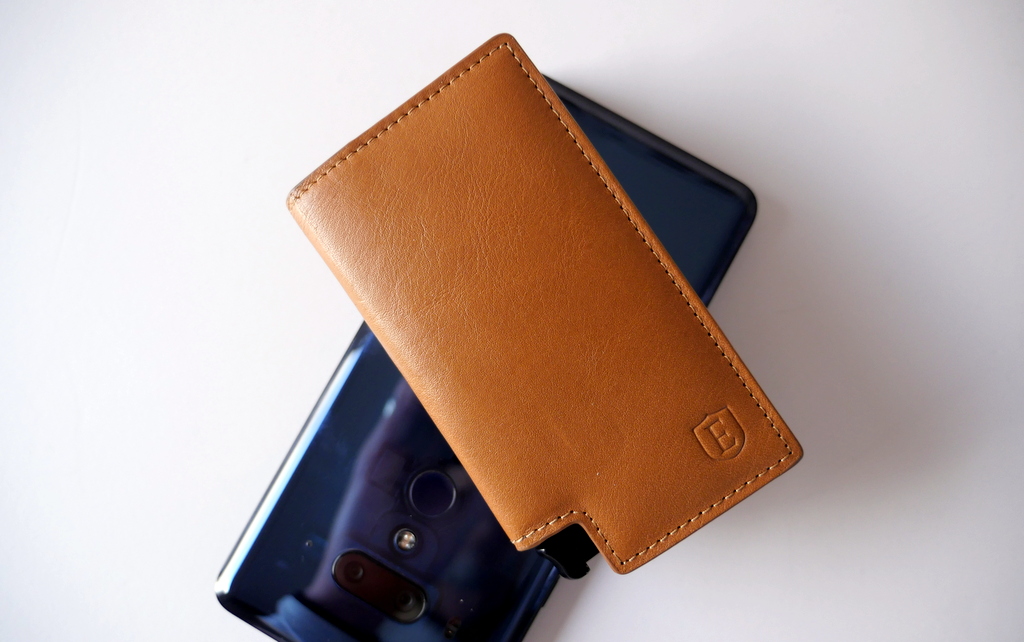


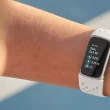

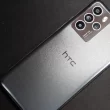

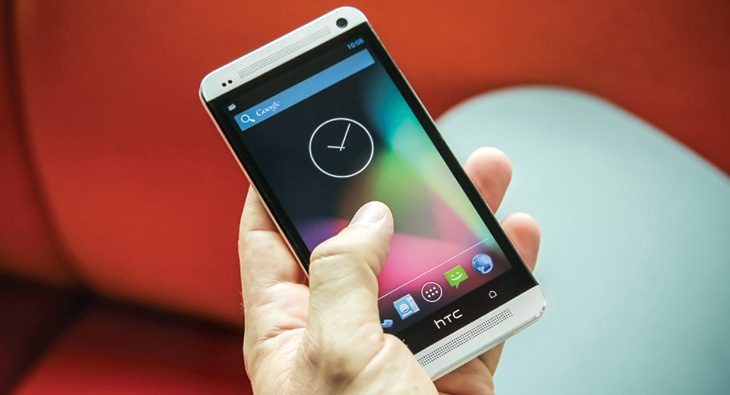
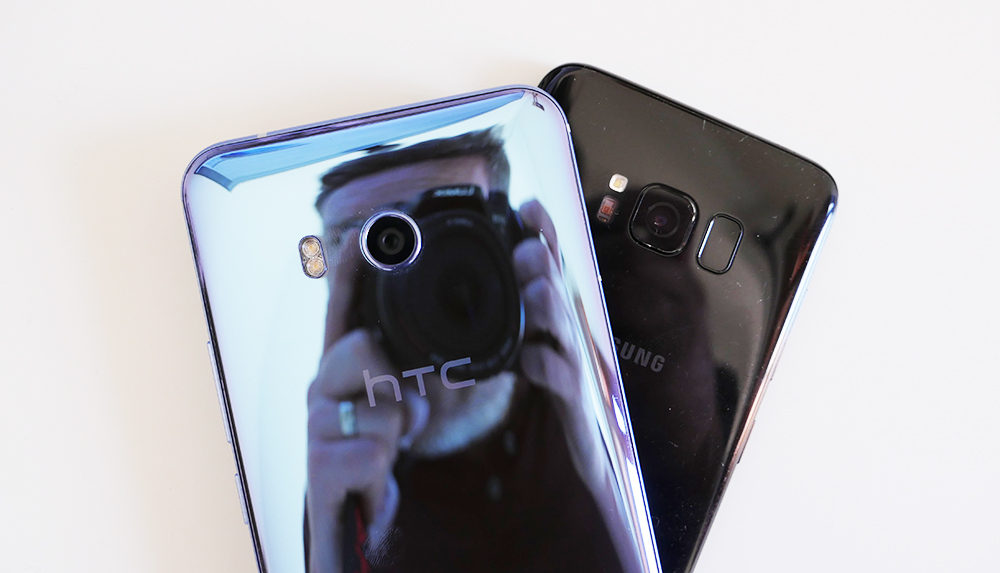

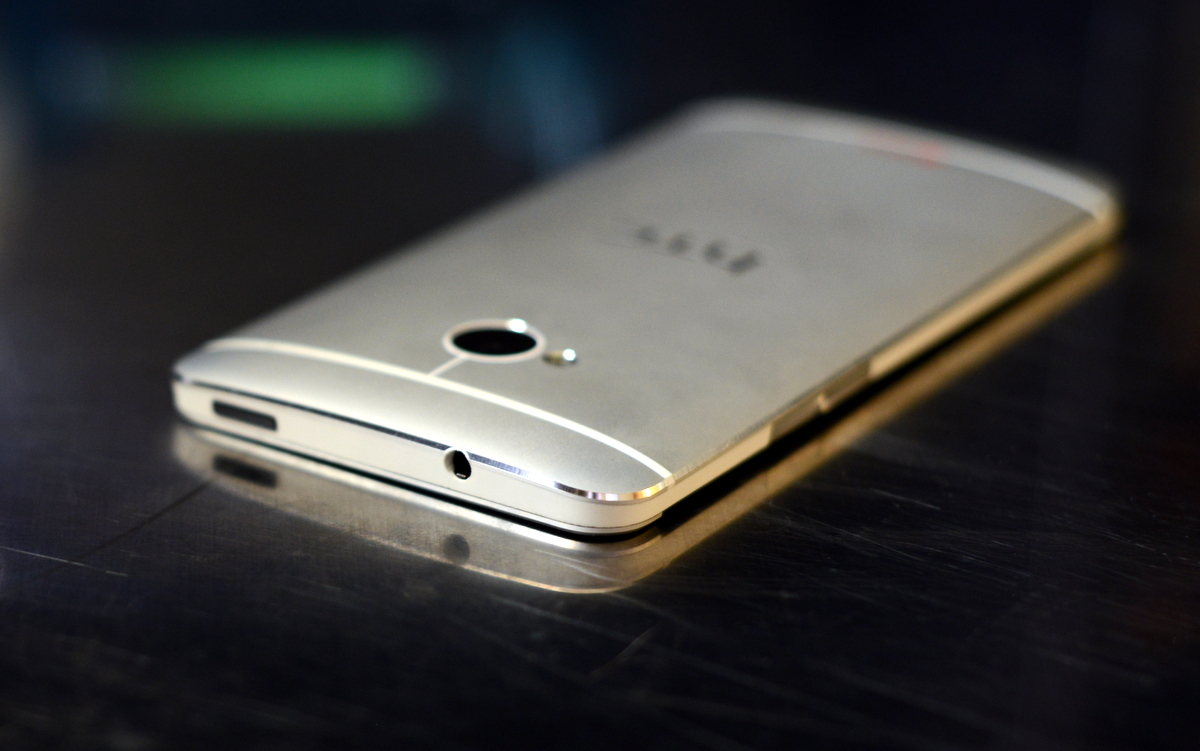
I feel like the editing features should have been emphasized rather than the highlight reels. They definitely have more of a wow effect.
I will definitely highlight those features when I get mine in my hands. I can’t wait for this phone!
While I believe the HTC One will be my next phone the flipping through faces isn’t really gamechanging… Nokia’s windows phones have been doing that since the release of the Lumia 920.